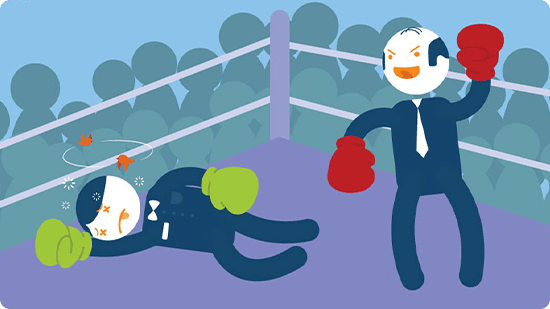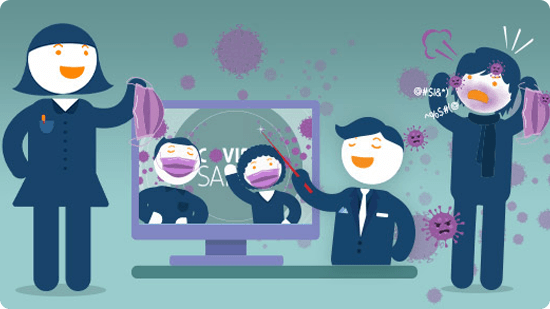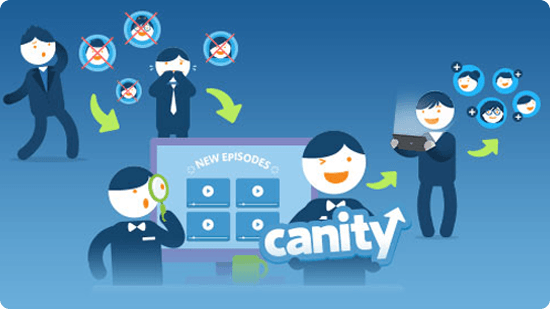Answering a phone – pretty simple, right? Wrong! As one of the most common business tools, it’s often the one that’s taken for granted. That fact is only a small percentage of businesses actually train their staff to use the phone correctly. I’m not talking about holding the handset in a certain way or perfecting a dialling technique, I’m talking about the words and tone they use while on the phone.
Regardless of what industry you’re in, you conduct business over the phone, so every employee who joins your team should complete a thorough phone training session as part of their induction. This training should focus on the words & tone they use while on the phone, as well as helpful phone techniques such as barging & transferring a call and placing a call on hold.
So, what are our top tips for improving the way you use your most powerful business tool? Read on to find out!
Answering The Phone
Bad Practice: “Hi thanks for calling, (your name) speaking”
Good Practice: “Thanks for calling (company name) this is (your name).”
To help the caller confirm they’ve called the right company, say your company’s name. And there’s no need to say ‘speaking’ after your name – they can already determine this.
Returning From Hold
Bad Practice: “Are you there?!”
Good Practice: “Thanks for holding, (client name).”
If the caller isn’t there, they can’t answer your question! Instead, thank the caller for holding and continue with your conversation or just leap right in with what you’re returning to tell them.
The Hanging Or…
Bad Practice: “Can I take a message orrr…”
Good Practice: “Would you like to hold or shall I take a message?”
The hanging ‘or’ sounds unprofessional; if you don’t have another option just drop the ‘or’. You’ll sound more decisive.
Calling Back
Bad Practice: “Sure, I’ll call you back later today.”
Good Practice: “Sure, I’ll call you back at 2:42 this afternoon.”
Later today isn’t specific and does nothing to ensure the person you’re going to call back will be ready for your call. By providing them with a specific time (and keeping to it!) you’ll appear more committed and they’ll know to be ready.
There you have it! Use these lines effectively and you’ll have a real edge over your competitors while making a positive impact on your callers. The quicker you put these ideas into practice, the sooner you’ll reap the rewards. Find more customer service tips and training videos by trying Canity here.










